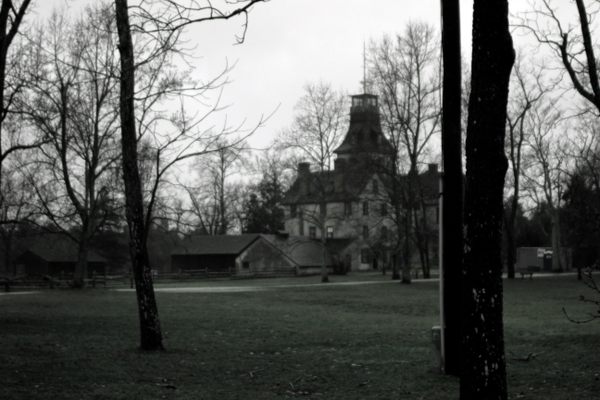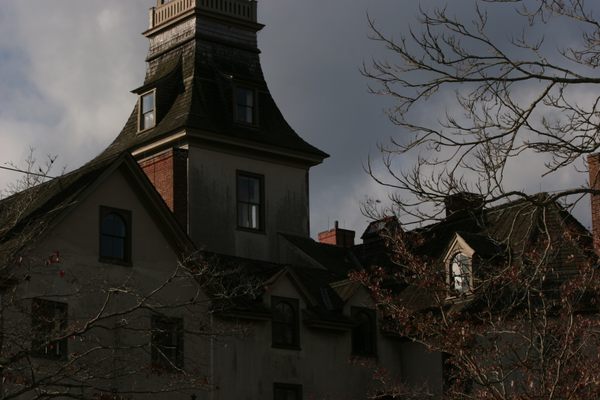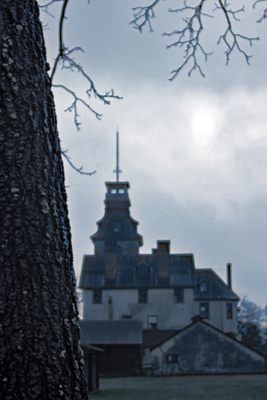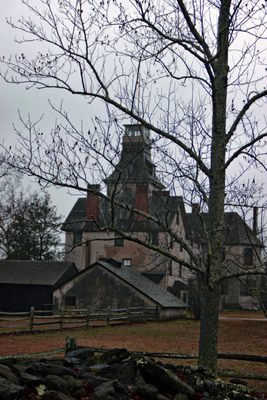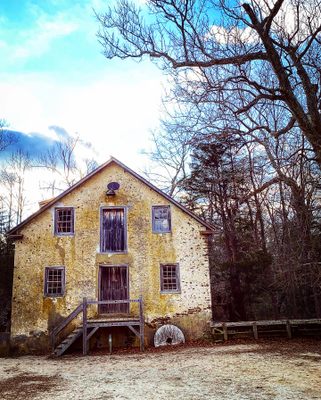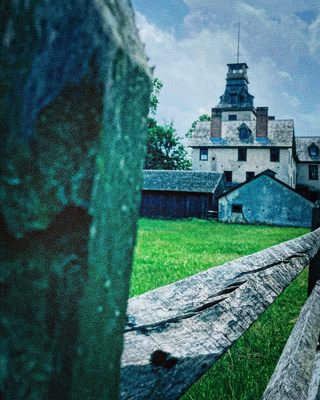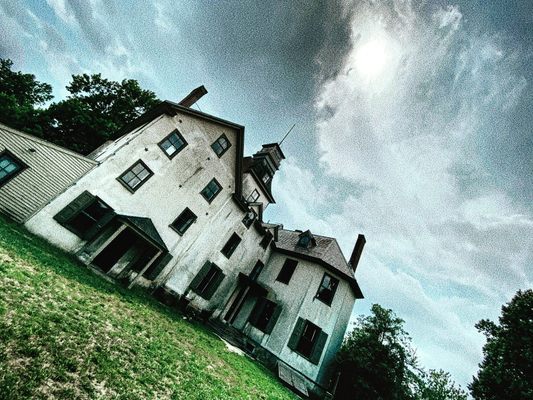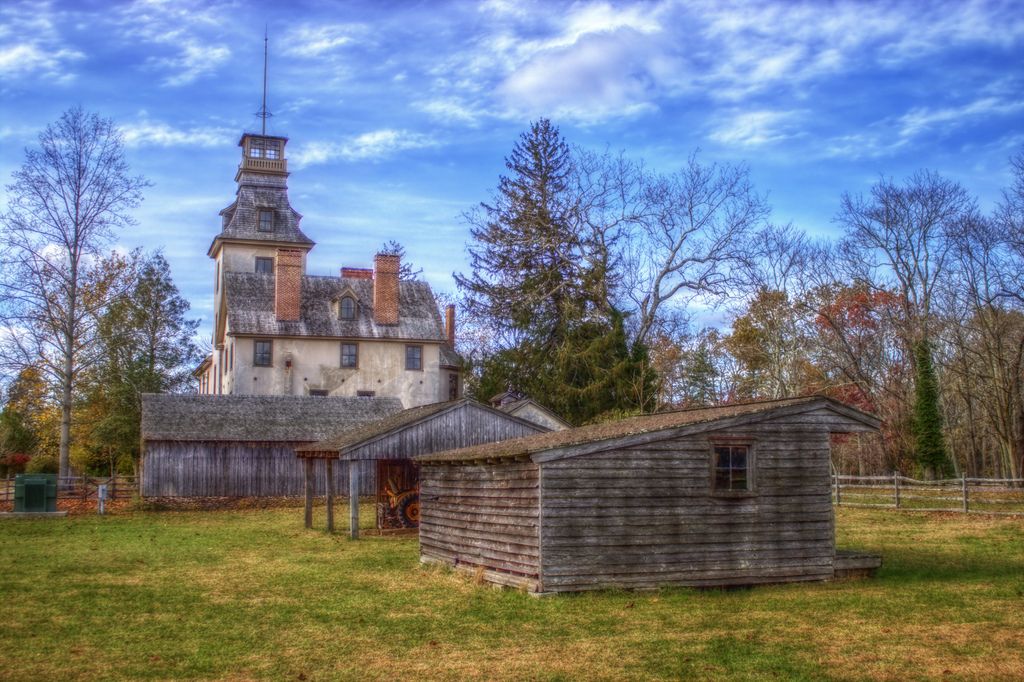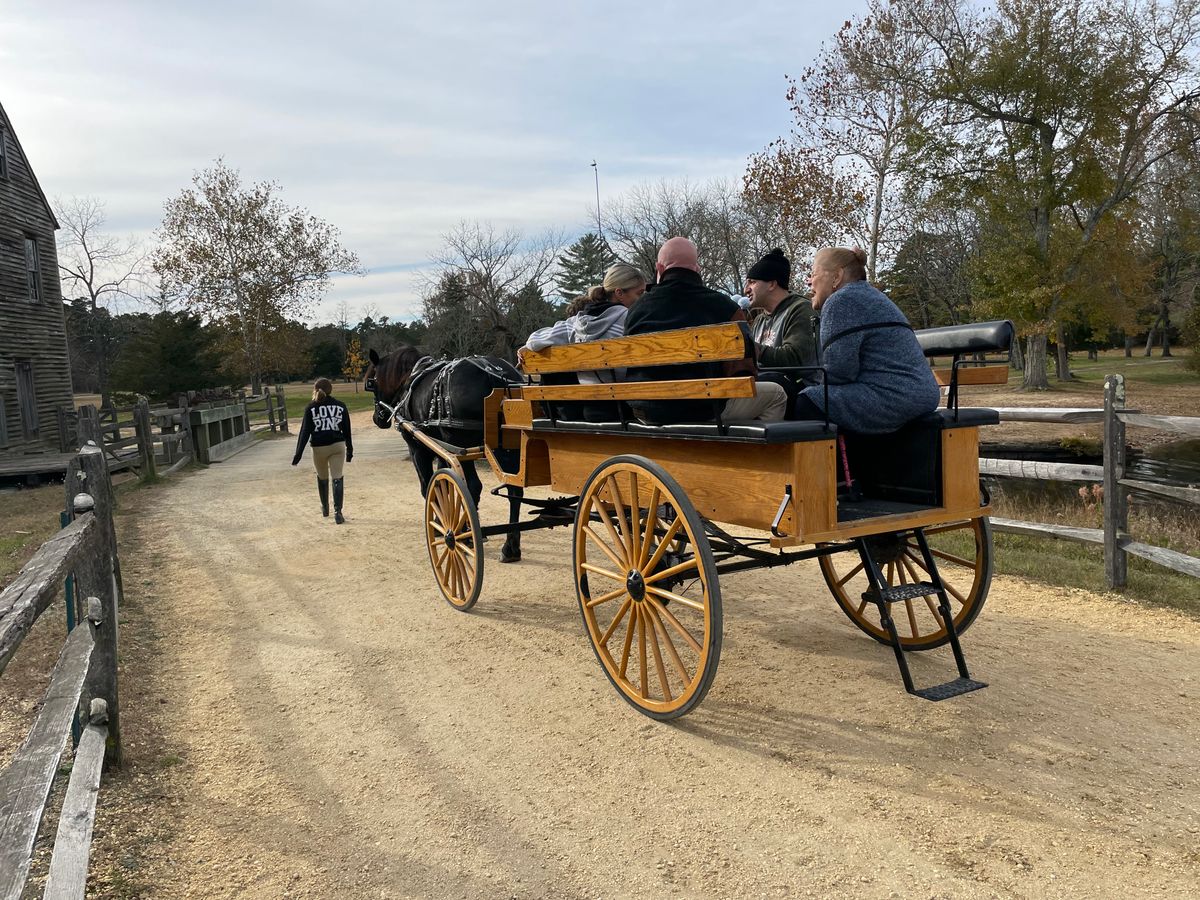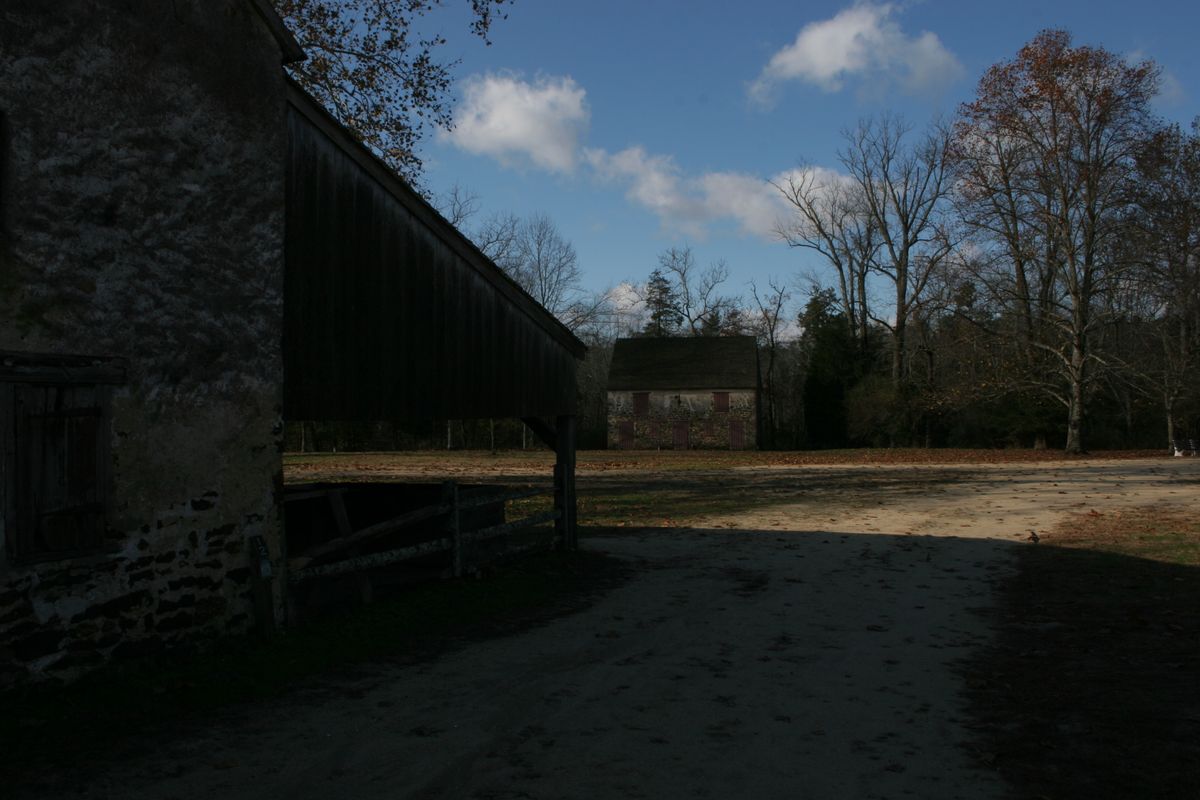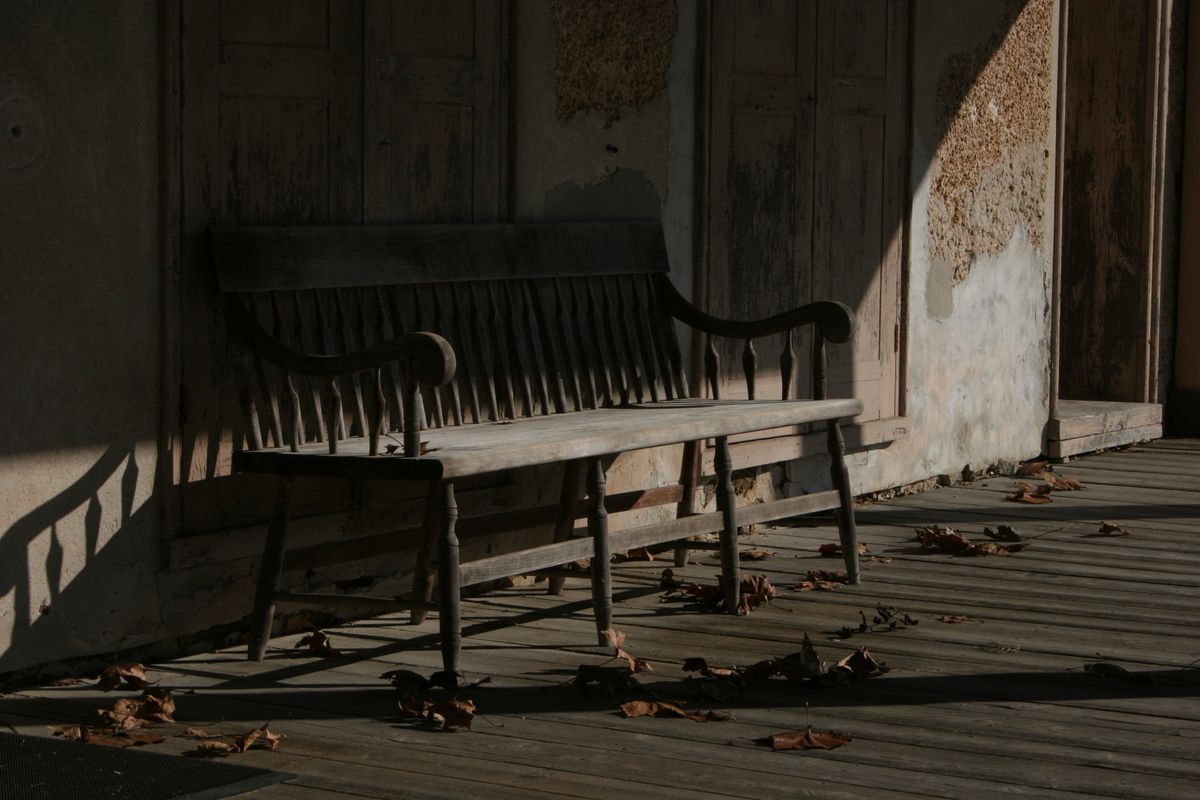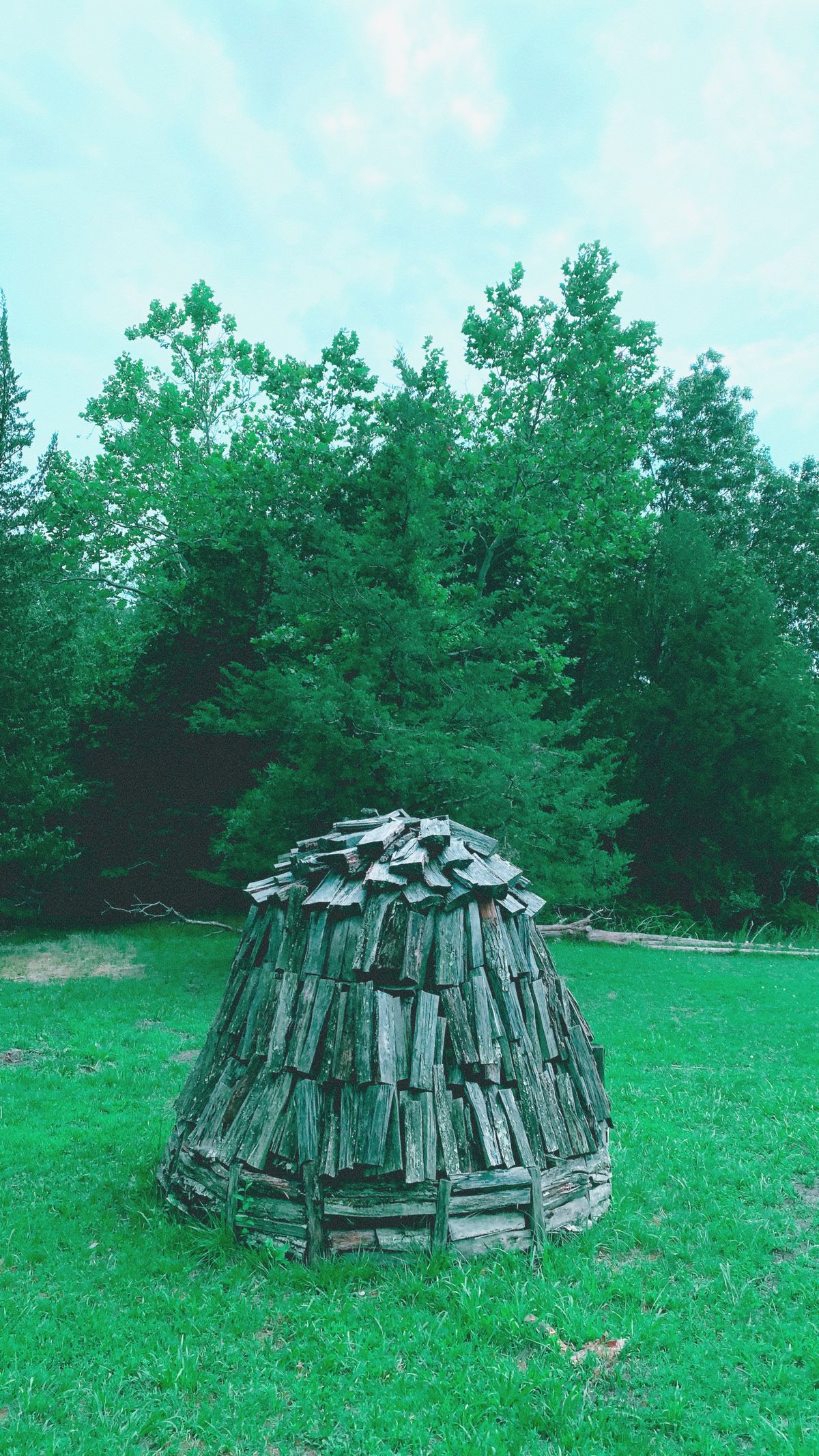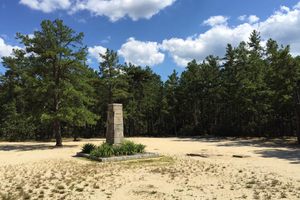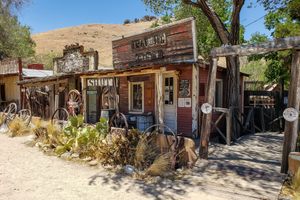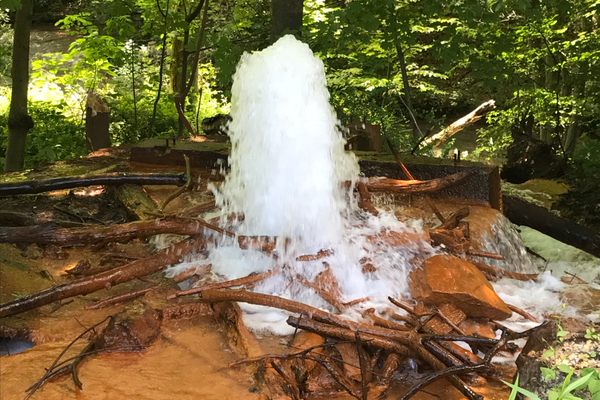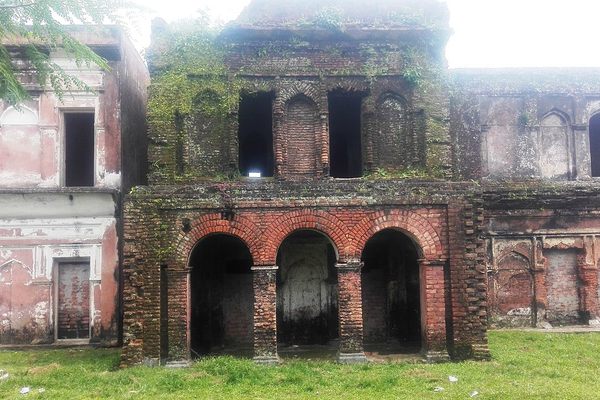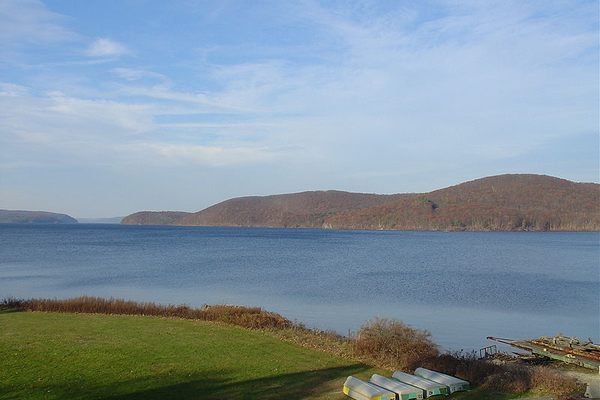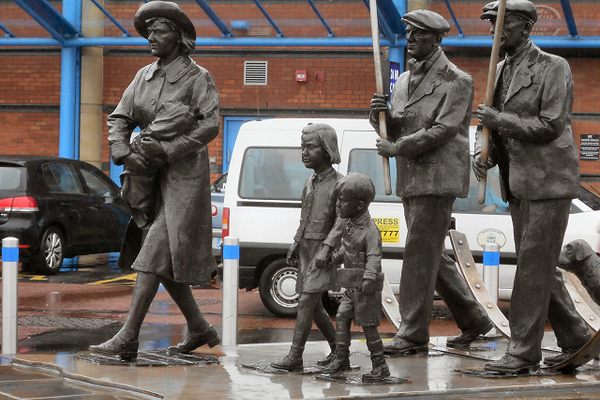About
Batsto Village is a tiny village that was built to accommodate a once prosperous iron works, but after falling into decline and being abandoned it now remains as a nearly perfectly preserved historic landmark.
Batsto was founded in 1766 as an iron-making industrial center. At the time, the site possessed three valuable resources: water for mills, abundant wood for charcoal, and naturally occurring bog iron. Bog iron is an ore that appears in swampy areas, caused when underlying deposits of iron dissolve in highly acidic water (mostly due to large amounts of decaying vegetation); it is then pushed to the surface, where the water neutralizes and the iron, no longer soluble, precipitates and collects in coves and near riverbanks. Men would harvest the ore in long, flat boats called shallops, then transport it to Batsto where it was smelted in an enormous blast furnace. The resulting pigs of cast iron could either be sold as-is for later casting or cast on the spot as kettles, pipes, hardware, and so on.
During the Revolutionary War, Batsto supplied the Continental Army with iron while its remoteness protected it from British attack. In 1784, Batsto was bought by William Richards, whose family owned and operated the iron works for 92 years. During their time, Batsto was organized as something between an extended farm and a company town, with small, two-story homes for the workers; barns and stables; a corn crib, threshing barn, and gristmill; a blacksmith and wheelwright; and other farm buildings. Employees were paid in company scrip, which they could spend at the general store and post office, overlooked by the Richards' family mansion.
Following the discovery of coal and ore in Pennsylvania, in the 1840s the iron industry began to fade at Batsto. The Richards' exploited another abundant local resource — sand — to make glass, but even this couldn't sustain the town. In 1876, the property along with huge tracts of land around it were purchased by industrialist Joseph Wharton (of Wharton School fame). Wharton toyed with various manufacturing and agricultural experiments; he also enlarged and redesigned the mansion in Italianate style. After his death in 1909, the land was held by a trust until purchased by the state in 1954 to form the Wharton State Forest.
Today over 40 of the original structures are maintained as a historic site after the last permanent resident left in 1989. The buildings have been fully restored and essentially appear as though they were vacated in their prime. A museum and visitors center have also been put in place for anyone who is willing to step back in time and learn about the once prosperous village.
Related Tags
Know Before You Go
Located off Rt. 542 in Hammonton, NJ.
Community Contributors
Added By
Published
October 15, 2014







